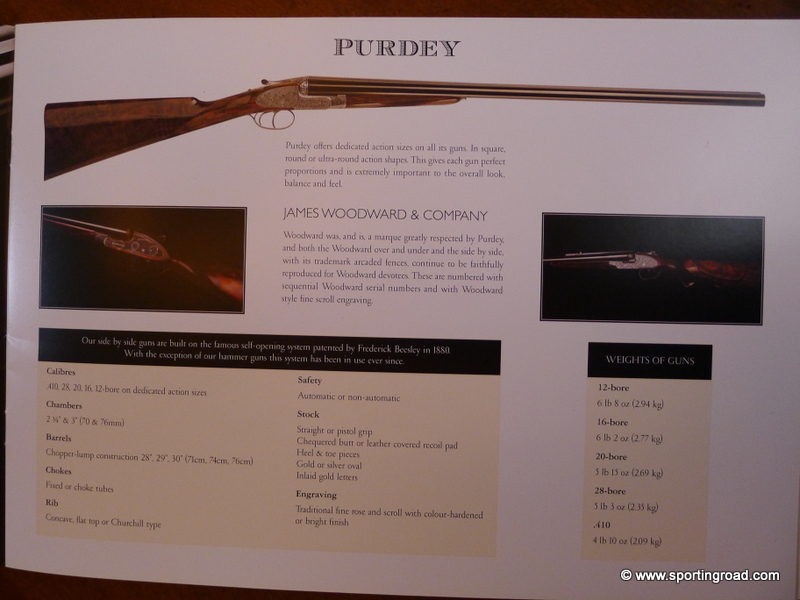The Blackberry Farm Cookbook (book review 5/5*****)
Sam Beall, 2009 Clarkson Potter One reviewer said, "Farm-to-table is one of those irritating culinary trends that is hard to really stay irritated by. Fundamentally, it's just so darn right: we should be eating seasonally and locally, we should be supporting sustainable agriculture and the preservation of heirloom vegetables. The most delicious food is the stuff that's been harvested (butchered, cultivated, fished) as close as possible to the kitchen that's cooking it." I find this review troubling. Why is the idea of farm to table irritating to anyone? It makes sense. I believe, it makes sense to everyone, even vegans. This book is separated into seasons, the seasons of our life--the seasons of our food. It is about food from Knoxville, Tennessee, a bit dressed up, as the author is the son of the Ruby Tuesday's restaurant founder. Not exactly what you would call a hunter-gatherer tradition, but one he seems to now claim. Anyway, the recipes are separated into seasons, starting with summer's Blackberry Cobbler and a diatribe on smoking at the Barbie. But the first one I found interesting was infusing peaches into his BBQ sauce or blackberries. And I like the southern sweet tea infused with various things from raspberries to blue berries to strawberries, all set to cure in canning jars with the old French lids. First a discussion on smoke, which is "almost a sacrament below the Mason-Dixon Line." Cherokee fires in a pit banked by river rock topped with large joint meat and buried, to wood-fired clay ovens, brick ovens, fireplaces and smokehouses. From pig cookers welded by locals to kettle grills, the Kamado ( a clay and ceramic style tandoori cooker), to wood cookers and it goes on. And the explanation of the two kinds of Tennessee fried chicken. The Kreis's Tennessee Fire Fried Chicken is worth repeating,

